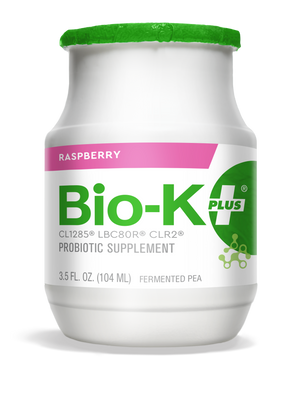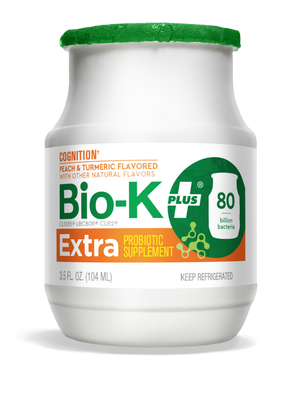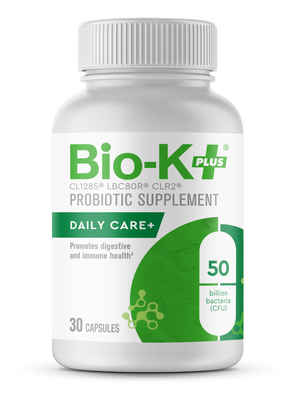How to ferment at home
Fermenting at home can be simple, safe and a low-cost way to increase the healthy bacteria in your gut. It’s a way of preserving food that dates back centuries and makes foods more nutritious and more digestively available. Sauerkraut, kimchi, yogurt, sourdough… the list of everyday fermented foods is endless. Find out more about how fermentation preserves food’s nutrients and makes them more digestible!
How are Ferments made?
Ferments are created when the natural bacteria in the air and food feed on sugars found in the food. This process breaks down food into its most digestible, absorbable form, delivering beneficial enzymes, lactic acid, nutrients and bacteria to our bodies. Bonus: fermented foods taste great, adding a punch of taste to any meal.
Fermenting with Starters
Certain ferments, like sauerkraut, don’t require a starter, but they’re essential to other fermented foods, like sourdough, Starters do exactly what you think they’d do – they “start” the fermentation process! The tastiest starters for sourdough bread are homemade from wild yeast, and, if stored correctly, can keep for years. Lacto-Fermenting with Salt
If you’re following a recipe for a brined ferment, use non-iodized salt; iodine can impede fermentation. Sauerkraut, one of the easiest ferments to make, is lacto-fermented with salt. If the cabbage doesn’t release enough liquid, brine (salt and water) can be added. Lacto-fermented pickles (vinegar pickles) are equally simple.
Make sure your food is completely submerged in brine or it will go moldy.
Choose Organic, Local & Seasonal Ingredients
Organic or homegrown ingredients that aren’t heavily sprayed (or sprayed at all) are an important step in successful home fermentation.
Locally sourced ingredients are preferable, as they’re naturally richer in nutrition, taste better and are more environmentally friendly. Furthermore, since they haven’t spent months in transit, locally sourced produce is higher in water, which is especially important if you’re doing a brine-ferment. More natural juice from the vegetables means you’ll need less salt-water brine.
Sprayed produce impedes fermentation, while old, out of season produce can be dry or moldy, rendering it unsafe to eat.
“Cooking” with ferments
It’s important to not to heat or freeze fermented foods – it would kill the beneficial bacteria. However, you can incorporate these foods in a variety of ways in your diet without heating them – as a garnish, as a salad topping, etc. Fermenting for better health
Naturally fermented foods can be an integral part of your daily diet and help keep your gut (also called your microbiome) healthy and happy thanks to their lactic acid. A nourished microbiome rich in good bacteria ferments contributes to your overall health, allows you to absorb food better, keeps your immune system strong and promotes a healthy variety of vitamins in your gut.
Of course, probiotics are an essential ally to a healthy gut flora. These good bacteria are crucial to maintaining your microbiome’s balance. Why not get a one-two punch of gut-flora goodness by including fermented probiotics in your daily diet? Bio-K+ is actually produced through fermentation – regular, rice or soy milk is fermented in small plastic bottles, which are then refrigerated to preserve the integrity of the drink’s 50 billion good bacteria.
You can drink Bio-K+ straight from the bottle, but you can also use it to make delicious, gut-friendly dishes. In the following recipe, comfort-food flavours combine with Bio-K+ and fermented apple cider vinegar to create a seasonal side-dish packed with immune-supportive probiotics and fibre. This delicious salad is bound to become your favourite fall and winter salad.
RECIPE
Creamy Cauliflower “Rice” Pilaf with Apples and Sage
INGREDIENTS:
1 head cauliflower, chopped very finely to create a rice-like texture
1 apple, cored and diced
¼ cup raisins
1 tbsp finely chopped fresh sage
1 bottle Bio-K+ Original
1 tbsp extra-virgin olive oil
2 tsp raw apple cider vinegar (with “mother”)
1 tsp Dijon mustard
Salt, to taste
Ground black pepper, to taste
DIRECTIONS:
Toss all ingredients in a large bowl. Serve immediately. Cover and chill any leftovers for up to 3 days.





